Editing styles in cinema, including continuity editing, montage editing, and non-linear editing, play a crucial role in shaping storytelling. Continuity editing ensures a seamless flow of action and consistency in time and space, facilitating audience engagement. Montage editing juxtaposes contrasting images to create meaning and emphasizes thematic elements, while non-linear editing disrupts chronological order to […]
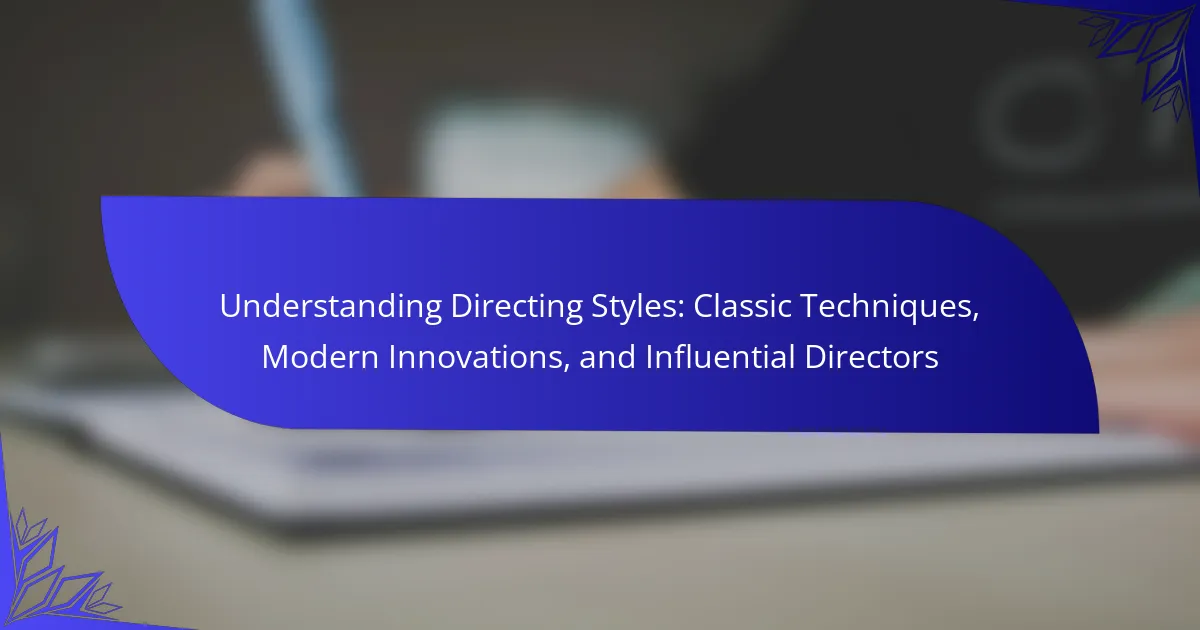
Understanding Directing Styles: Classic Techniques, Modern Innovations, and Influential Directors
Directing styles in film encompass various approaches, including classical, auteur, documentary, and experimental techniques. Classical directing prioritizes storytelling and character development, while the auteur style highlights the director’s personal vision. Documentary directing focuses on real-life events, and experimental directing challenges conventional narratives. Modern innovations such as virtual reality and interactive storytelling have transformed audience engagement, […]
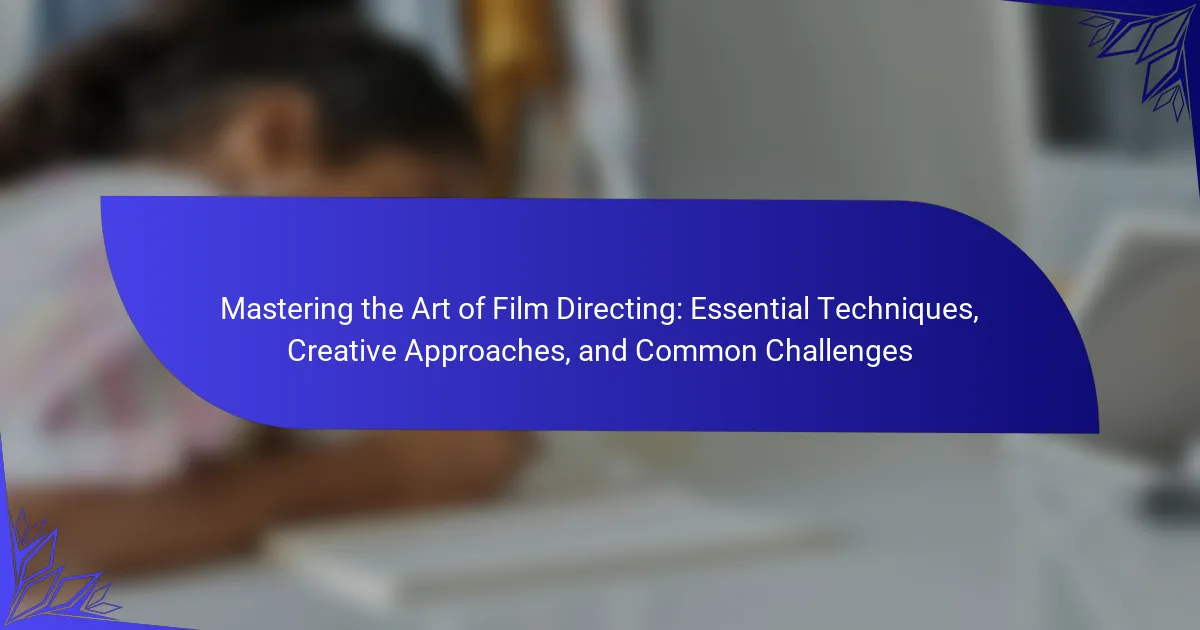
Mastering the Art of Film Directing: Essential Techniques, Creative Approaches, and Common Challenges
Film directing is a multifaceted discipline that involves overseeing the creative and technical elements of a film to shape its narrative, performance, and visual style. Key techniques in film directing include script analysis, shot composition, and actor direction, all of which are essential for effective storytelling. Directors face challenges such as managing diverse teams, adhering […]
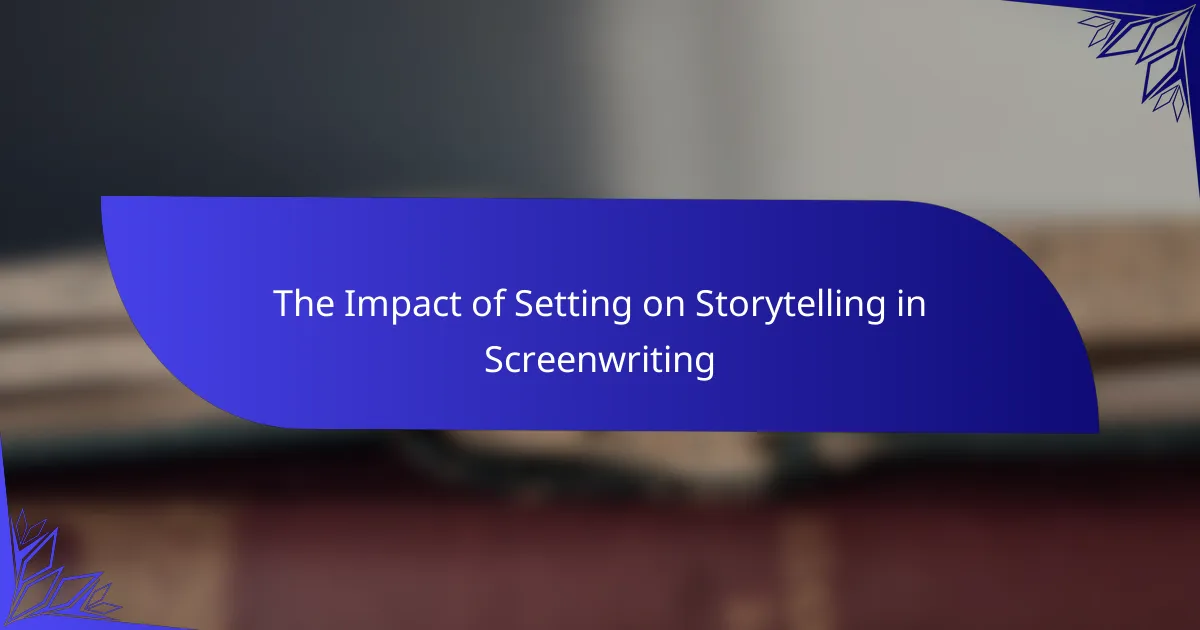
The Impact of Setting on Storytelling in Screenwriting
The article explores the significant role of setting in screenwriting, emphasizing how it influences character development and plot progression. It details how the environment shapes characters’ behaviors and motivations, creating tension and establishing mood. Key points include the importance of historical and cultural contexts, the challenges writers face in creating immersive settings, and the impact […]
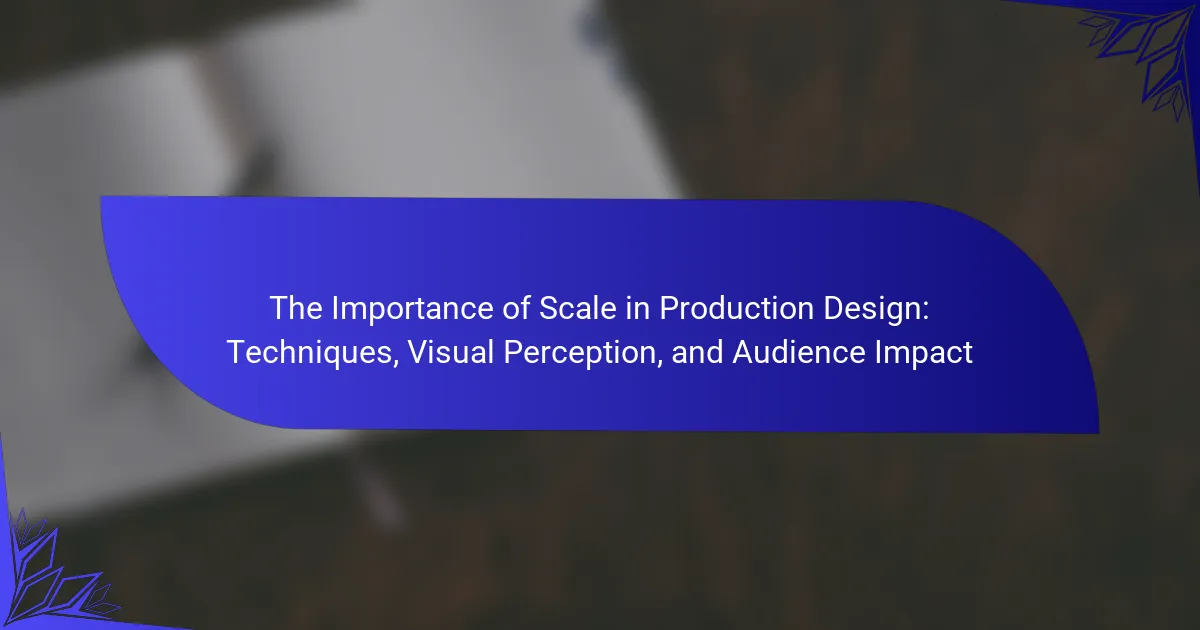
The Importance of Scale in Production Design: Techniques, Visual Perception, and Audience Impact
Scale in production design is a critical factor that shapes audience perception of space and context within a narrative. This article explores the significance of scale, detailing how it affects the relationship between objects and characters, ultimately enhancing immersion and emotional engagement. Key techniques for managing scale include modular design, digital prototyping, and iterative testing, […]
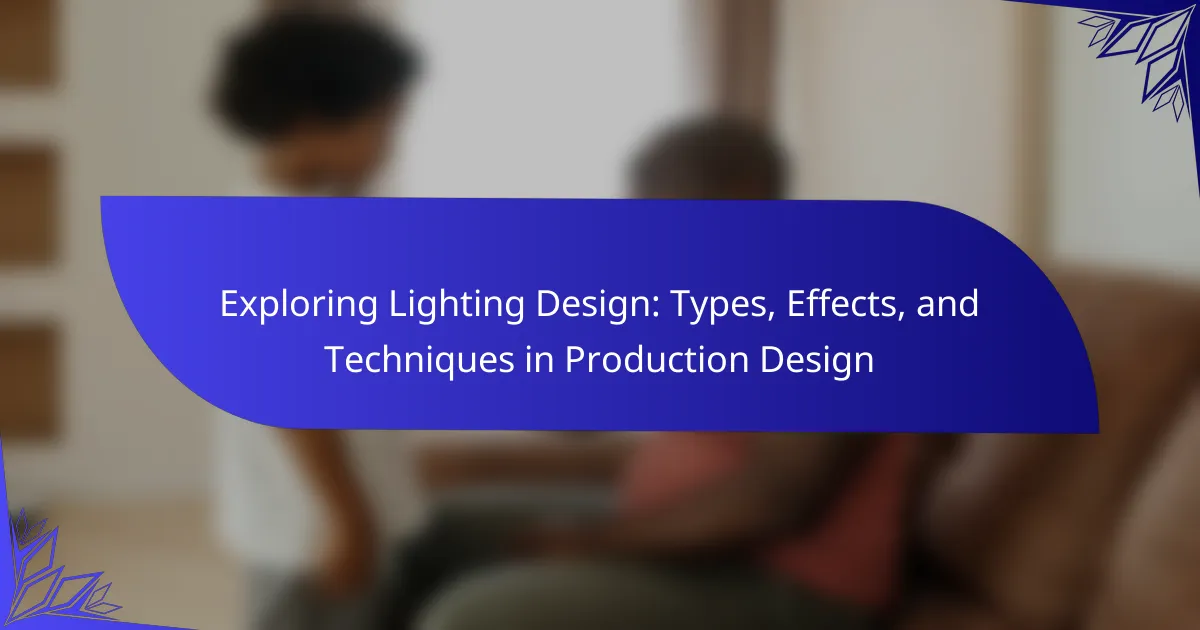
Exploring Lighting Design: Types, Effects, and Techniques in Production Design
Lighting design in production design is the strategic use of light to enhance visual storytelling across film, theater, and television. This discipline involves various types of lighting, including key lighting, fill lighting, backlighting, and ambient lighting, each contributing to the mood, atmosphere, and focus within a narrative. Effective lighting design influences audience perception and emotional […]

Understanding Film Editing Techniques: Key Methods, Tools, and Best Practices
Film editing techniques are essential methods for assembling and manipulating footage in filmmaking, including cutting, transitions, and pacing. Key practices involve maintaining narrative structure and continuity while effectively managing pacing to enhance viewer engagement. Historical examples, such as Sergei Eisenstein’s montage, underscore the significance of these techniques in shaping storytelling. Aspiring editors can learn these […]
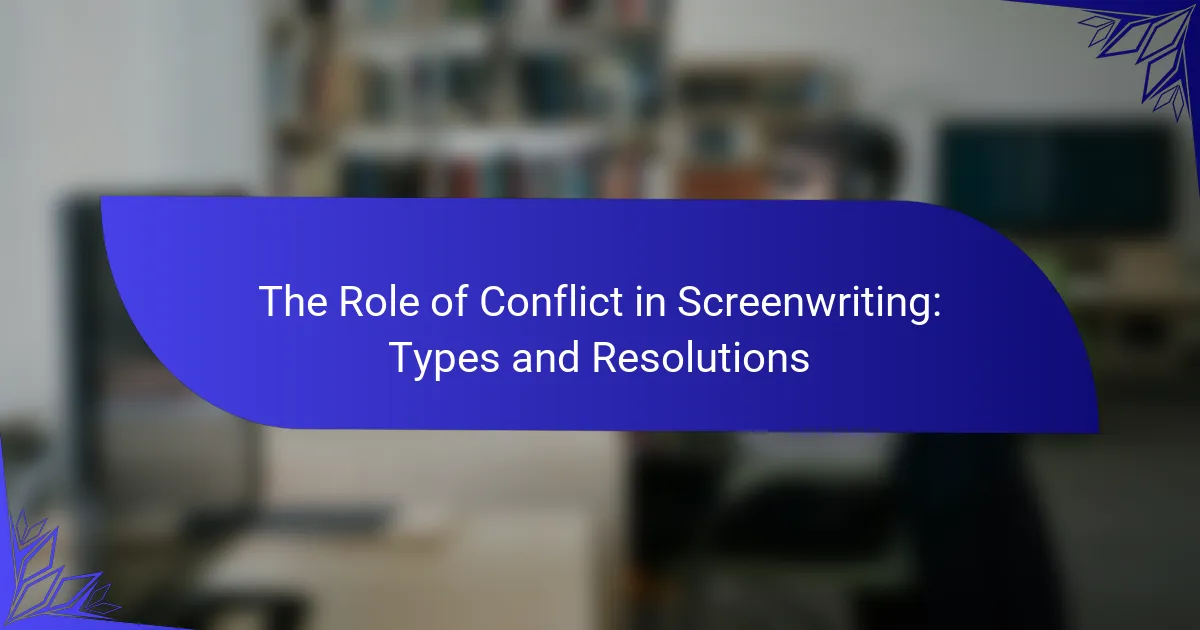
The Role of Conflict in Screenwriting: Types and Resolutions
Conflict is a critical element in screenwriting that drives narratives forward and engages audiences emotionally. It can arise from character struggles, external circumstances, or opposing goals, and is essential for character development and plot progression. Common types of conflict resolutions include reconciliation, defeat, and transformation, each contributing to the advancement of the story. Effective screenwriting […]
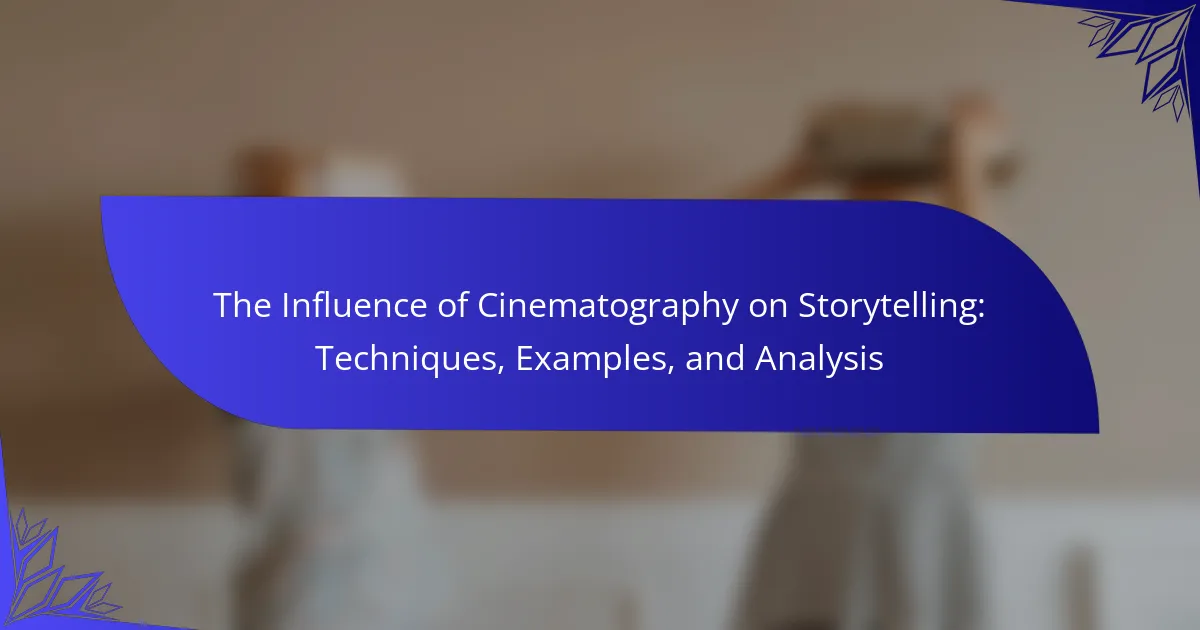
The Influence of Cinematography on Storytelling: Techniques, Examples, and Analysis
Cinematography is a crucial element in storytelling, significantly impacting the visual narrative through techniques such as shot composition, lighting, and camera movement. These techniques shape the mood, tone, and atmosphere of a film, influencing audience perception and emotional engagement. The article explores how elements like low-key lighting create suspense, while wide shots convey isolation. It […]

The Impact of Editing on Narrative Structure: Techniques, Case Studies, and Audience Perception
Editing plays a crucial role in shaping narrative structure by influencing the flow, coherence, and emotional impact of a story. This article examines various editing techniques, such as linear editing, non-linear editing, and montage, and their effects on audience perception and engagement. Case studies from films like “Psycho,” “Whiplash,” and “The Social Network,” as well […]
